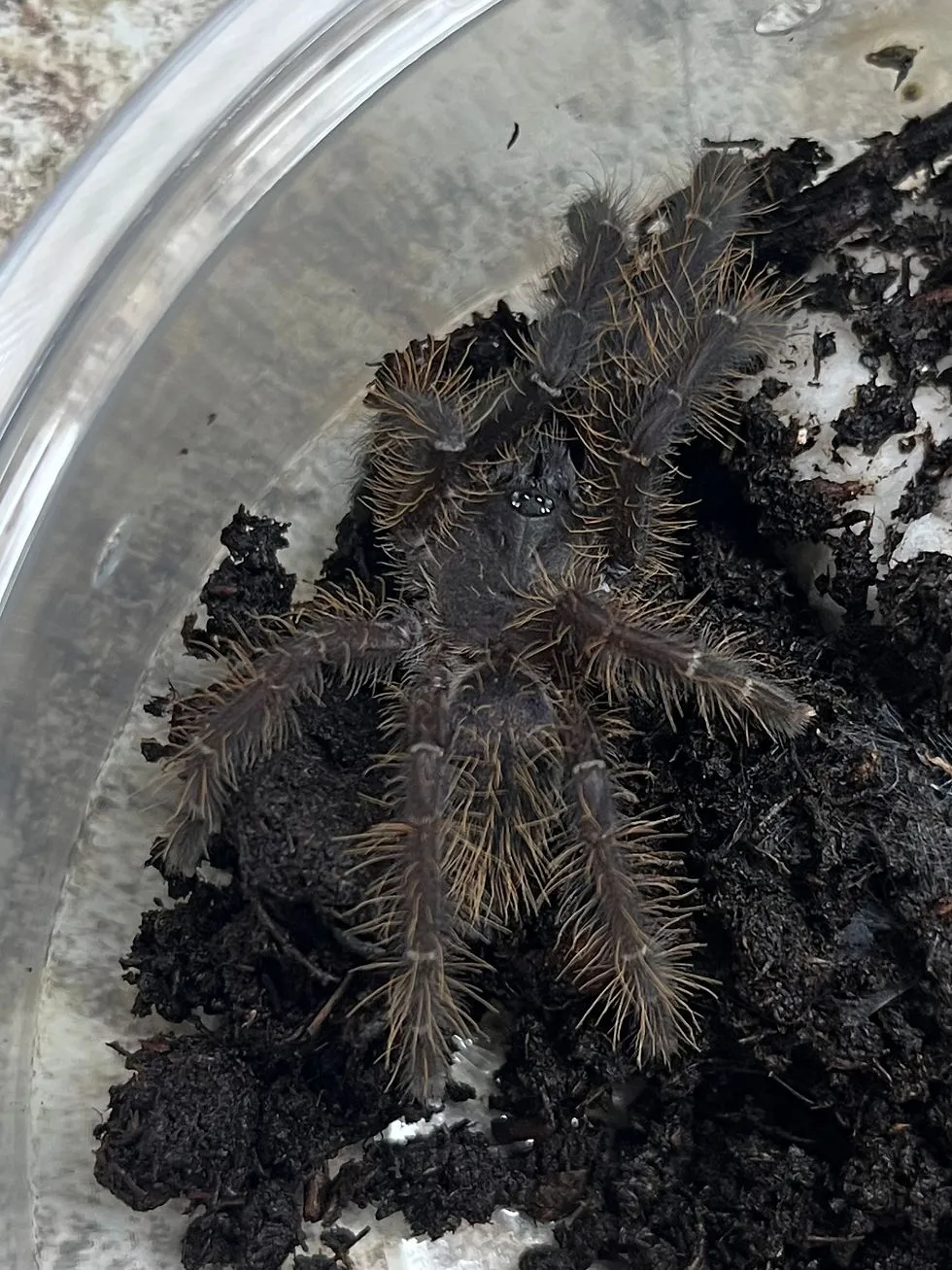Understanding the Singapore Blue Tarantula Habitat
The Singapore Blue Tarantula, a captivating species sought after by tarantula enthusiasts, originates from the tropical rainforests of Southeast Asia. Understanding its natural habitat is crucial for providing appropriate care in captivity and ensuring its well-being. This article delves into the intricacies of the Singapore Blue Tarantula’s habitat, exploring its natural environment, and providing guidance on how to replicate these conditions for captive specimens. By gaining a deeper understanding of the Singapore Blue Tarantula’s needs, keepers can create a thriving and enriching environment that promotes their health and longevity. This knowledge is essential for anyone considering keeping these fascinating creatures.
Natural Habitat of the Singapore Blue Tarantula
In the wild, the Singapore Blue Tarantula thrives in a specific set of environmental conditions that define its natural habitat. These conditions include a warm, humid climate, ample shelter, and a diet of readily available insects. Understanding these factors helps to understand the needs of this species in a captive setting. The ideal natural habitat provides everything that the tarantula needs to thrive. This includes food, a place to hide, and an environment that is safe from predators. Creating an environment that mimics these conditions will help to improve the chances of your tarantula thriving.
Geographic Distribution and Climate
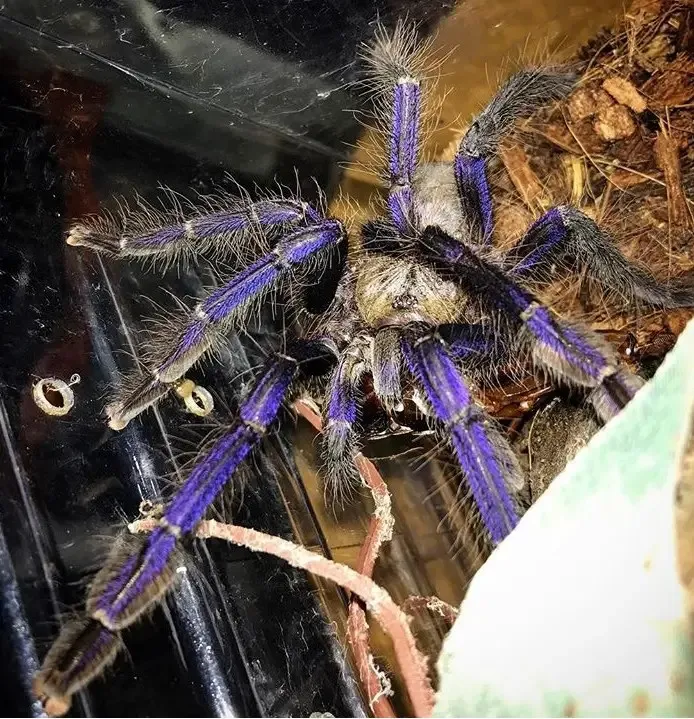
Singapore Blue Tarantulas are native to the tropical regions of Southeast Asia, with a notable presence in Singapore and surrounding areas. These regions are characterized by a consistent tropical climate featuring high humidity and temperatures that typically range between 75°F and 90°F (24°C to 32°C) throughout the year. The climate in this region supports lush vegetation, which contributes to the habitat’s high humidity levels. The climate also supports a diverse insect population, which forms the primary diet of the Singapore Blue Tarantula. The climate is crucial, and the tarantulas depend on these specific environmental conditions for survival.
Tropical Rainforest Environment
The Singapore Blue Tarantula’s habitat is characterized by dense tropical rainforests. These environments are marked by towering trees, abundant undergrowth, and a rich layer of leaf litter on the forest floor. This leaf litter is crucial, as it provides excellent hiding places and helps maintain the necessary humidity levels. The dense vegetation offers protection from the sun and predators, and also supports a wide variety of insects that serve as a food source. These environments, with their complex ecosystems, provide a wealth of resources. They are therefore key to the survival of the Singapore Blue Tarantula.
Burrows and Terrestrial Lifestyle
Singapore Blue Tarantulas are primarily terrestrial, meaning they spend most of their time on the ground. They construct burrows in the soil, often utilizing natural features like fallen logs or the base of trees for added security. These burrows are vital for providing shelter from predators, regulating temperature, and maintaining humidity. They also provide a safe space for molting and resting. The burrows typically have a silk lining, which provides additional protection and helps to maintain the microclimate within the burrow. Their terrestrial lifestyle, therefore, is a crucial element of their survival.
Creating the Perfect Habitat for Singapore Blue Tarantulas
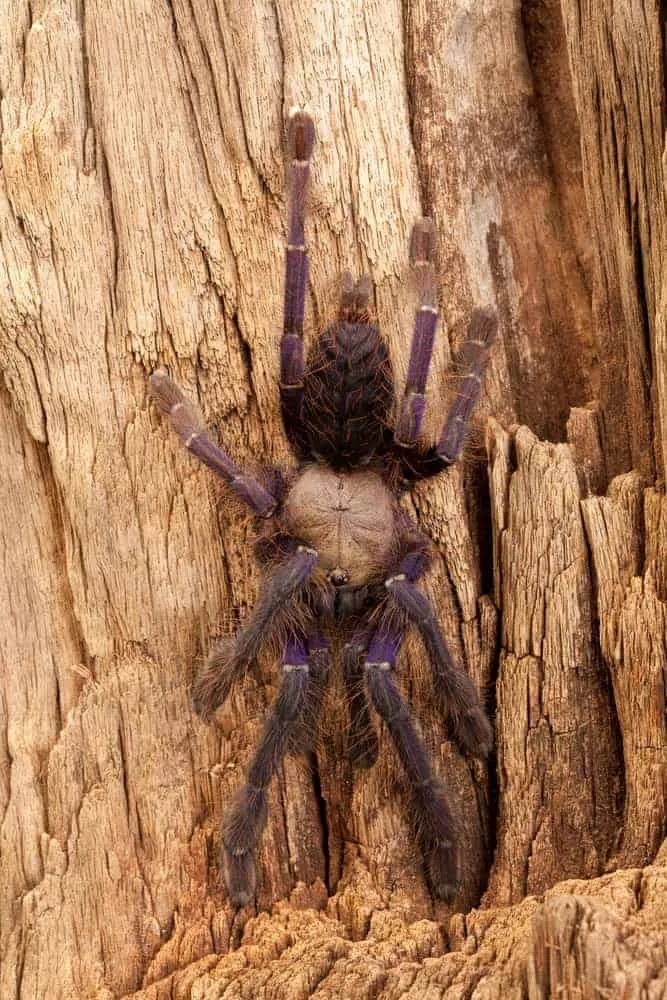
Replicating the natural habitat of the Singapore Blue Tarantula in captivity is critical for its health and well-being. A well-designed enclosure should provide adequate space, appropriate temperature and humidity levels, and a substrate that allows the tarantula to burrow and feel secure. It’s important to design the habitat with the tarantula’s specific needs in mind. The ideal habitat minimizes stress and maximizes the spider’s chances of thriving. By focusing on the essential elements of the natural habitat, you can create a space where the Singapore Blue Tarantula can thrive.
Essential Elements of a Captive Habitat
A suitable enclosure for a Singapore Blue Tarantula should be large enough to allow the tarantula to move freely and create a burrow. The enclosure should be made of glass or clear plastic to allow for easy viewing and monitoring of the spider. The enclosure should also have a secure lid to prevent escape. Ventilation is crucial. The enclosure should have adequate ventilation to prevent the buildup of excess humidity and to allow for the exchange of air. Other essential elements are temperature and humidity control, substrate, and enrichment items. All of these factors contribute to a healthy habitat.
Substrate and Burrowing Materials
The substrate is the foundation of the tarantula’s habitat, serving as both a medium for burrowing and a means of maintaining humidity. A mix of substrate is ideal, creating the right conditions. A good substrate mix for a Singapore Blue Tarantula should include a combination of materials such as coco fiber, peat moss, and a bit of vermiculite or sphagnum moss. The depth of the substrate should be sufficient to allow the tarantula to burrow comfortably, typically around 4-6 inches. It’s crucial to keep the substrate slightly moist, but not waterlogged, to maintain the desired humidity levels. This will allow the tarantula to burrow and construct its home.
Humidity and Temperature Control
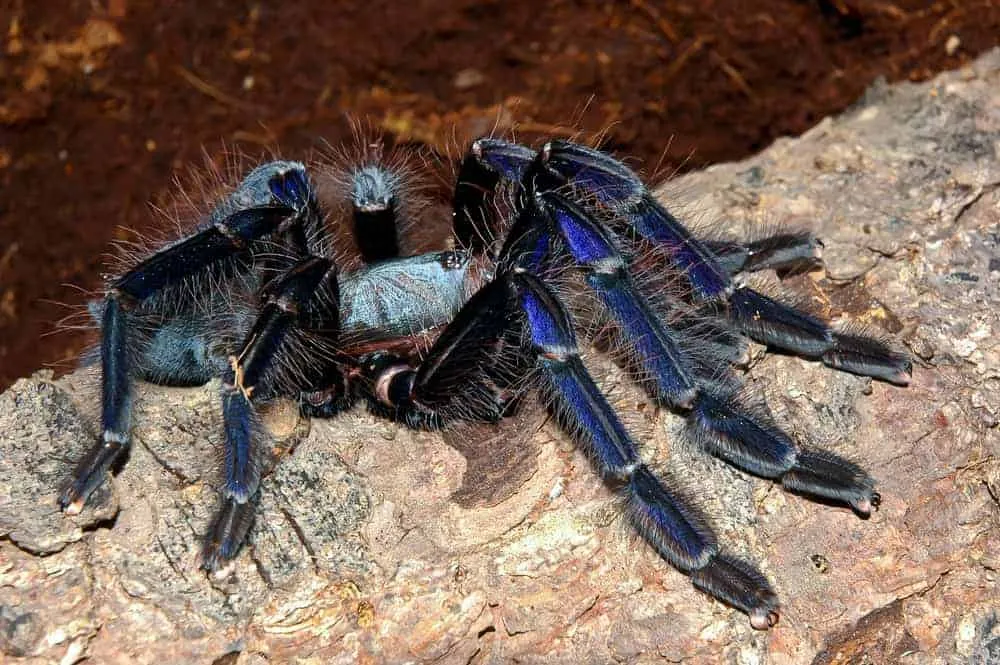
Maintaining proper humidity and temperature is critical to the health and well-being of the Singapore Blue Tarantula. The ideal temperature range for the tarantula is between 75°F and 80°F (24°C to 27°C). This can be achieved using a heat mat placed on the side of the enclosure or by using a ceramic heat emitter. Humidity levels should be maintained between 70% and 80%. This can be achieved by misting the enclosure with water several times a week and by ensuring that the substrate remains slightly moist. Humidity and temperature are crucial. Maintaining these levels will ensure that your tarantula is in good health.
Providing Enrichment and Hiding Places
Adding enrichment items to the enclosure can greatly improve the quality of life for a Singapore Blue Tarantula. Providing opportunities to explore and interact with their environment helps reduce stress and encourages natural behaviors. Good choices for enrichment include pieces of cork bark, artificial plants, and sturdy decorations that the tarantula can use for shelter and exploration. Providing hiding places is essential. These items allow the tarantula to create a sense of security and mimic the natural environment. By incorporating these enrichment items, you can create a more stimulating and enriching environment for your tarantula.
Maintaining and Monitoring the Habitat
Regular maintenance and monitoring are essential for keeping the Singapore Blue Tarantula’s habitat clean and healthy. Consistent care ensures that the environment remains optimal for the tarantula’s health and well-being. Proper maintenance helps to prevent the growth of harmful bacteria and fungi, and also allows you to monitor the tarantula’s health and behavior. This will help to ensure that the tarantula thrives.
Regular Cleaning and Maintenance
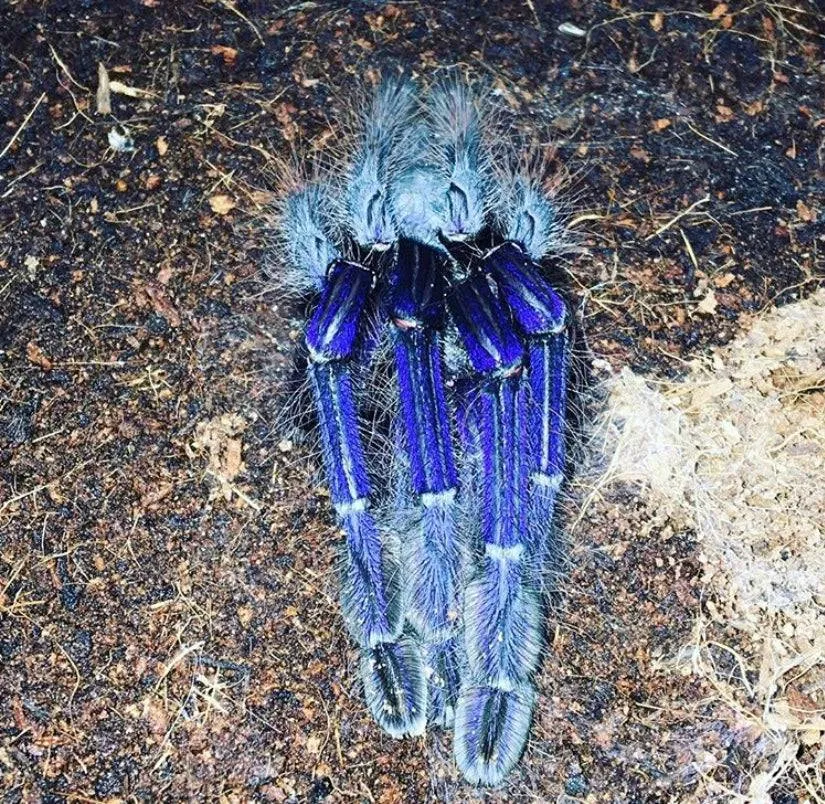
Regular cleaning and maintenance of the enclosure are essential. This includes removing any uneaten food, molted exoskeletons, and any other debris that may accumulate in the enclosure. The substrate should be spot-cleaned regularly to remove waste and keep it fresh. Replace the substrate entirely every 6 to 12 months, or sooner if necessary. The water dish should be cleaned and refilled regularly with fresh, dechlorinated water. Cleaning and maintenance contribute to a healthy environment.
Identifying and Addressing Habitat Issues
Regularly monitor the habitat for any signs of problems. These include changes in temperature or humidity, the presence of mold or pests, or any unusual behavior from the tarantula. If any issues are identified, take prompt action to address them. Adjust the temperature or humidity as needed, clean the enclosure thoroughly, and address any pest infestations. By remaining vigilant and responsive, you can ensure a healthy and thriving environment for your Singapore Blue Tarantula. Addressing issues quickly will prevent problems from escalating and will ensure that the tarantula remains safe and healthy.
In conclusion, creating and maintaining a suitable habitat is paramount to the well-being of the Singapore Blue Tarantula. By understanding its natural environment, replicating its needs in captivity, and committing to regular maintenance, tarantula keepers can provide a fulfilling and healthy life for their fascinating pets. Proper care involves a commitment to understanding and meeting the needs of these incredible creatures. With the right knowledge and dedication, you can provide the perfect environment for your Singapore Blue Tarantula to thrive and showcase its unique beauty.
